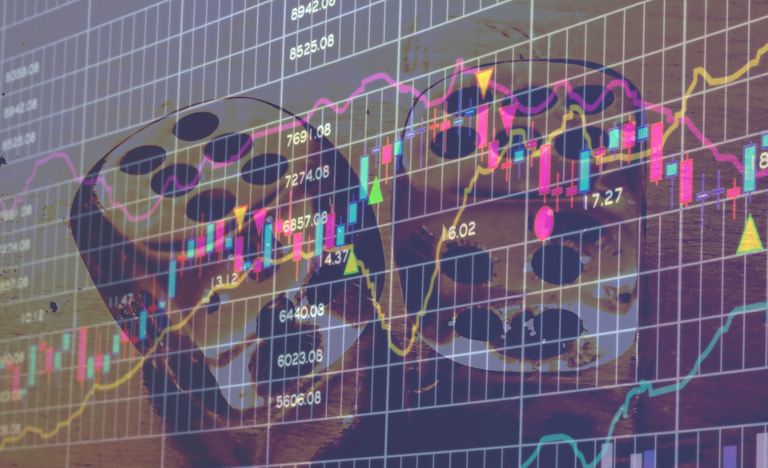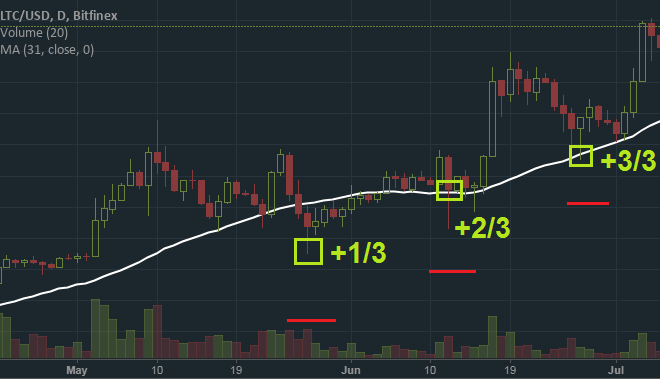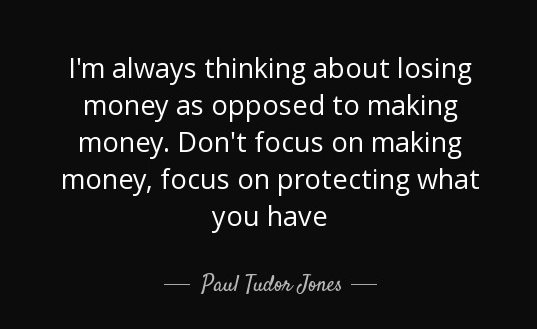Today I would like to share with you an approach to minimize risk when entering a trade.

Normally if we have an idea for a trade we really don’t want to miss the action. It is temptating to jump in the trade as soon as money is on the exchange or brokerage account. One could argue that this behavior can be good if you are diversifying a lot but usually it’s not the smartest thing to do.
That's because when you enter with all your money at once it’s clear that you’re stuck from there. If the price moves against you, it will move against you with full power and emotions will be strong. Therefore, increasing the chance of you reacting too short-tempered.
Think about it. Institutional money, also called "smart money" will rarely jump into a trade with full position size, just to sit there for the rest of the time and watch the position go up or down. There are a few reasons for that:
- Smart money wants to buy the price when it’s low, therefore waiting for it to drop. They don't know where a bottom is. Nobody can really know. So they buy more and more when it's correction time.
- A big order would attract too much attention. Splitting is strategic.
- It wouldn’t be possible to open a million-dollar position when there simply isn’t enough counterparts on the other side of the trade. They need volume to get in/out of the trade. Volume usually is high in panic or greed filled market situations.
- Institutions don’t usually daytrade illiquid markets like “altcoins” They keep adding to their positions over a long period of time so that they don't get filled at insane bad prices.
So what can we do to act a little bit smarter? The technique I want to present you here is pretty straight forward and easy to implement.
Basically, you split your buying power in three pieces.
First, we evaluate if the price is over or below its average. I'm using a simple moving average of 31 days here in the Bitcoin example. By comparing the actual price to the average price, we already get an objective measure of whether the market is overbought or not.

There are three situations we find ourselves in when we want to buy a particular Coin, Stock or any underlying.
1. Price above moving average
In this situation, simply stay out of the market. The cat is already out of the bag.
2. Price close or at moving average
We start to buy 1/3 of the full position size.
3. Price below moving average
Here we can add to 2/3 or enter the first potion of the trade. If the price moves significally lower we can then decide to add the last third or in case we already have a position the second third.
Sounds confusing? Let's look at some examples. There are two ways of "averaging" -adding to our position.
Averaging over water

Here we luckily catch the bottom. The market goes in our favour and we add more to the position at a bounce back to the SMA. The red line under the price is a point where we should exit the trade hence our remaining risk. Notice that we can reduce risk to zero if we are at point 3.
Averaging under water

We are not right with our first attempt to buy in the market. We can add another portion if the market is moving farther away from the average price. When we have built the full position size under water, we should set a relatively tight stop, preventing us from buying too much into a falling knife and still be able to get out with a small loss in the worst case.
Conclusion
Paul Tudor Jones, a hedgefond manager worth US$4.7 billion once said:

Image source
And that’s what these entry techniques are all about: protecting your downside risk, protecting your most valuable asset: money. Fiat and Coins ;)
We can play with the market instead of letting it play with us.
I hope this is somewhat useful for you. Thinking different about risk and entries could at least for me make the difference in having a good sleep and being in peace with the uncertainty of the market.
Have a good one,
Niclas
This post recieved an upvote from minnowpond. If you would like to recieve upvotes from minnowpond on all your posts, simply FOLLOW @minnowpond